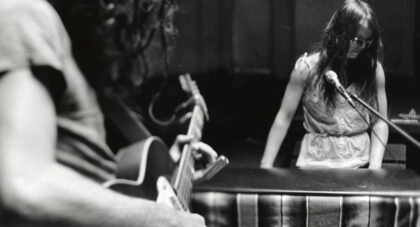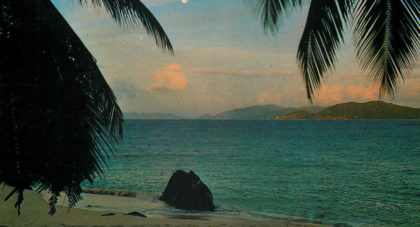Guest contributor David Obuchowski shares the story of Runnin Bare and Lil White Dove, an independent printing house that serviced CB radio enthusiasts. A story of connection, tragedy, and the complicated legacy of skewed Americana . . .
Only the good shit. Aquarium Drunkard is powered by its patrons. Keep the servers humming and help us continue doing it by pledging your support.
To continue reading, become a member or log in.


